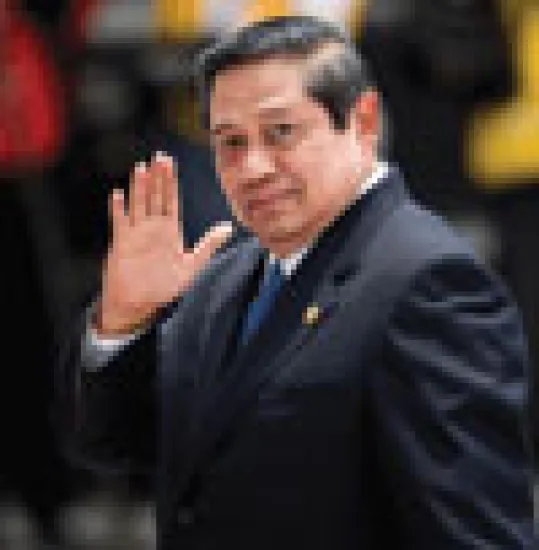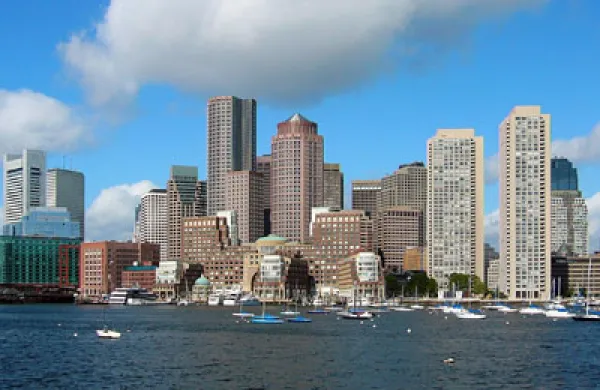The economy will be foremost in the minds of many Indonesians as they head to the polls for next month’s presidential election. But unlike a decade ago, when the country was at the epicenter of the Asian financial crisis as it held its first free election, Indonesia today is an island of relative prosperity.
The Indonesian ballot is shaping up as a referendum on the economic reform policies of President Susilo Bambang Yudhoyono, who polls indicate is a big favorite to win reelection for a second five-year term. His Democrat Party won parliamentary elections in April. Yudhoyono, who is campaigning on a promise to combat corruption and sustain growth, underscored his reformist credentials last month by naming central bank governor Boediono, an architect of the country’s economic policies, as his running mate.
"Indonesia has come a long way," said the president during the Asian Development Bank meeting in Bali in May. He predicts that the economy will grow by as much as 4.5 percent this year, compared with 6.2 percent in 2008: "We will need to innovate, to be enterprising and to be bold — I always believe there is opportunity in crisis."
A decade ago the International Monetary Fund doled out loans worth $43 billion to keep Indonesia’s banks afloat. This time around it is the country that is contributing — $4.7 billion to a regional recovery fund that will provide a lifeline to Asian nations. "Indonesia is facing the current economic slowdown in a much stronger position than it did ten years ago," says Elena Okorotchenko, a Singapore-based analyst in charge of corporate and government ratings at Standard & Poor’s, which gives the nation’s sovereign debt a rating of BB- with a stable outlook.
Indeed, times have changed for this island nation with a population of 237 million; rich oil, gold and copper reserves; and a thriving tourism industry. Indonesia has cut its national debt from 65 percent of GDP in 2002 to about 30 percent, or $153 billion, in 2008. It has also taken bold steps to shore up its banks. "They have improved capitalization levels of the banking system and risk management," says Okorotchenko.
With a capital adequacy ratio of 17.9 percent in January, well above the regulatory requirement of 8 percent, Indonesia’s banks are relatively healthy, she notes. Ten years ago the banking system was insolvent and the nation was on the brink of civil war, but the country’s move toward democracy and Yudhoyono’s financial reforms, which included removing nonperforming loans from banks’ balance sheets, drove decade-high GDP growth of 6.3 percent in 2007. The president also invested in education and health care and signed a free-trade agreement with Japan.
The countries hit hardest in the current downturn are replicating many of the moves made by Indonesia. "It restructured by buying toxic assets, much like what is happening in the U.S," says Muhammad Chatib Basri, an adviser to Indonesia’s president and finance minister.
In April, Indonesia’s government announced a $6 billion stimulus package, in part to offset lagging demand for exports, which fell 21 percent in March from a year ago. The nation had $53 billion in foreign exchange reserves by the end of April. Muhammad Lutfi, chairman of the Indonesia Investment Coordinating Board, estimates that foreign direct investment, which rose by 44 percent in 2008 to $14.8 billion, will climb a further 9 percent in 2009. "We are changing from depending on financing from developed countries to [depending on] demand from developing countries," notes Lutfi. But challenges remain: S&P’s Okorotchenko says that to meet its lofty FDI goals, Indonesia "must do more to promote its image abroad."






